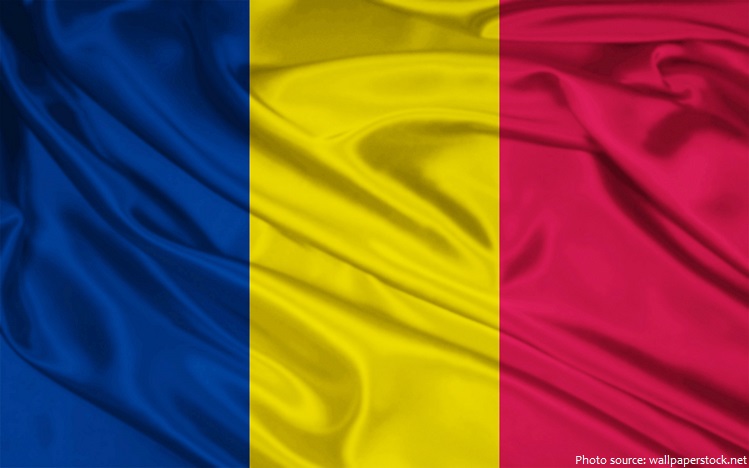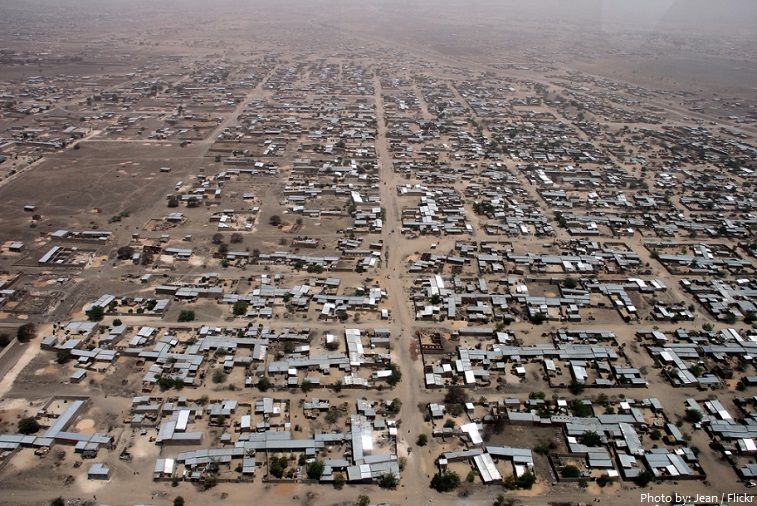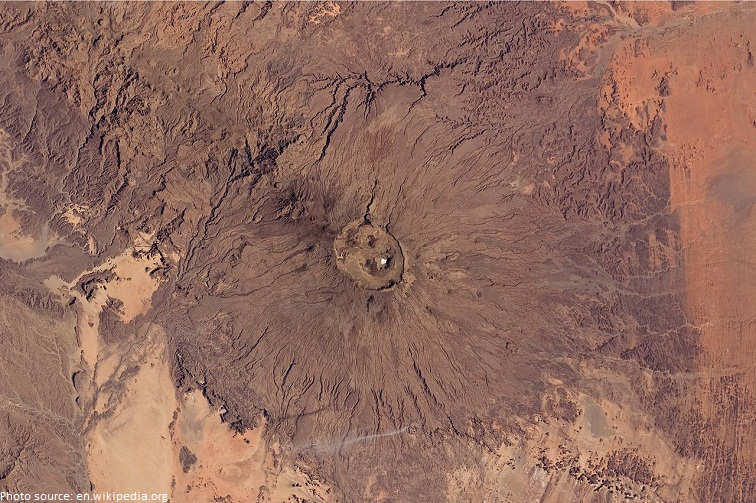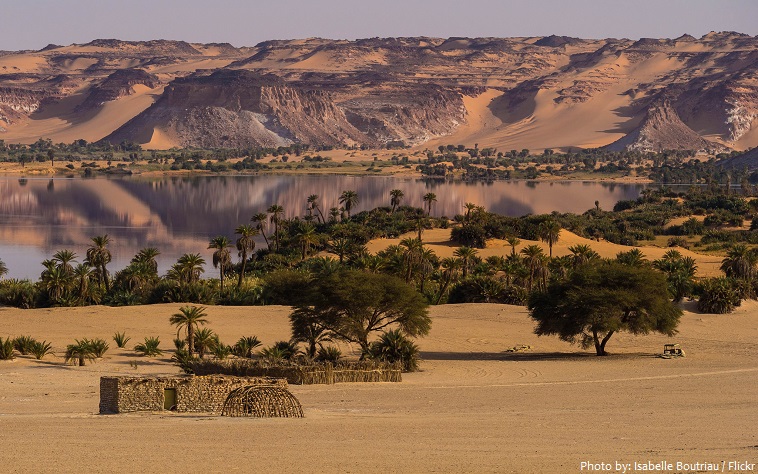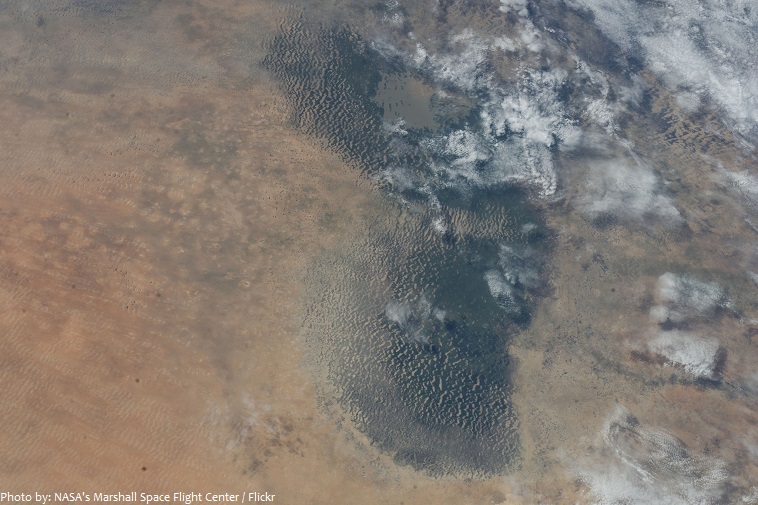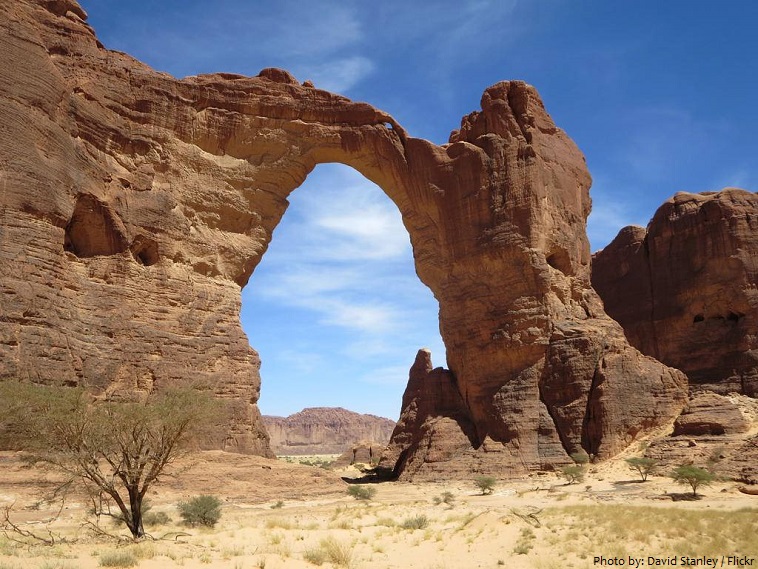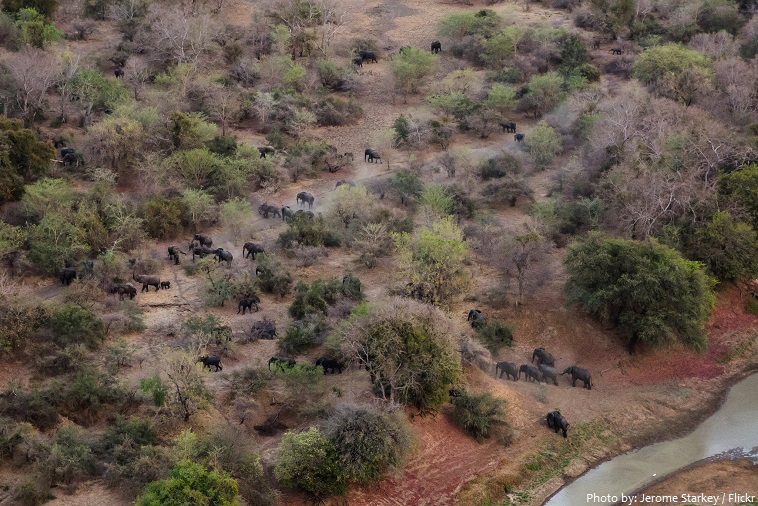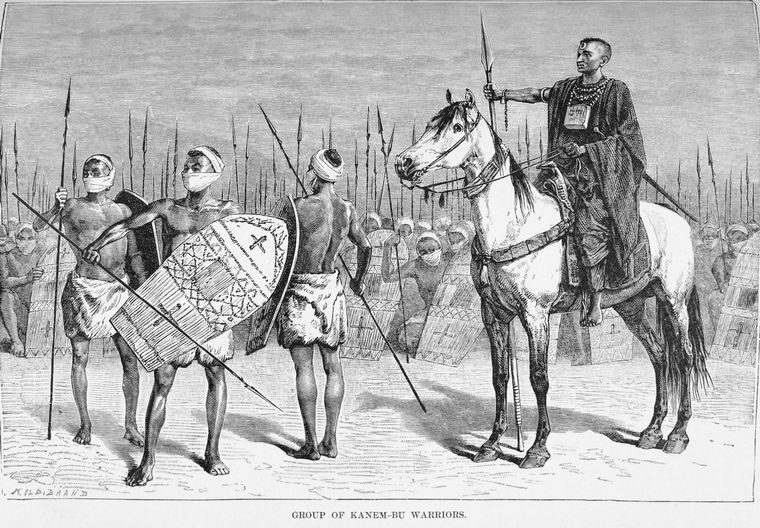Chad is a landlocked country in Central Africa.
The official name of the country is the Republic of Chad.
It is bordered by Libya to the north, Sudan to the east, the Central African Republic to the south, Cameroon and Nigeria to the southwest and Niger to the west.
Chad has two official languages: French and Arabic.
As of 1 January 2017, the population of Chad was estimated to be 14,739,485 people.
It is the 20th largest country in the world (and the fifth largest country in Africa) in terms of land area with 1,284,000 square kilometers (496,000 square miles).
N’Djamena is the capital and largest city of Chad. It was founded as Fort-Lamy by French commander Émile Gentil on May 29, 1900, and named after Amédée-François Lamy, an army officer who had been killed in the Battle of Kousséri a few days earlier.
The country’s terrain is that of a shallow basin that rises gradually from the Lake Chad area in the west and is rimmed by mountains to the north, east, and south.
Emi Koussi a dormant volcano that reaches 3,445 meters (11,302 ft) above sea level. It is the highest point in both Chad and the Sahara.
Chad has several regions: a desert zone in the north, an arid Sahelian belt in the center and a more fertile Sudanian Savanna zone in the south.
The Saharan Desert region covers roughly the northern third of Chad.
Lakes of Ounianga are a series of lakes in the Sahara Desert, in North-Eastern Chad, occupying a basin in the mountains of West Tibesti and Ennedi East. It was added as a UNESCO World Heritage site in 2012.
The Guelta d’Archei is probably the most famous guelta in the Sahara. It is located in the Ennedi Plateau, in north-eastern Chad, south-east of the town of Fada. The Guelta d’Archei is inhabited by several kinds of animals, most notably the Nile crocodile. Caravans come at the Guelta d’Archei to replenish water supplies, wash and rest.
Lake Chad is located in the sahelian zone, a region just south of the Sahara Desert. It was the seventh largest lake in the world and the fourth largest in Africa. It has shrunk dramatically during the last few decades and is now down to less than 10 percent of its former size, due to increased water use and low rainfall. The country is named after this lake.
Aloba Arch is the name of a natural arch located in Chad. Large natural arches are somewhat rare outside the southern and western regions of China and the Colorado Plateau of the southwest United States. Aloba Arch’s span is considered to be the 8th longest known natural arch, and the longest outside of China and Utah. Due in part to its location as well as being only recently recognized for its size, estimates based on photography yield an approximate span of 76.2 meters (250 feet).
Chad is home to about 134 species of mammals, 509 species of birds (354 species of residents and 155 migrants), and over 1,600 species of plants.
Chad has 4 national parks and 18 other protected areas.
Zakouma National Park is found in the south of Chad. Created in 1963, it was Chad’s first national park, and has an area of almost 3,000 square kilometres (1,200 sq mi). The park has witnessed a significant reduction in the number of wildlife, especially elephants that were hunted for their ivory. Currently, the park is under the protection of armed guards who protect it mainly from the Sudanese hunters. The fauna of the Park includes 44 species of large mammals, and many species of birds.
In the 7th millennium BC, ecological conditions in the northern half of Chadian territory favored human settlement, and the region experienced a strong population increase.
Some of the most important African archaeological sites are found in Chad, mainly in the Borkou-Ennedi-Tibesti Region; some date to earlier than 2000 BC.
The Sao fell to the Kanem Empire, the first and longest-lasting of the empires that developed in Chad’s Sahelian strip by the end of the 1st millennium AD.
Two other states in the region, Baguirmi and Wadai Empire emerged in the 16th and 17th centuries.
France conquered the territory by 1920 and incorporated it as part of French Equatorial Africa.
In 1960, Chad obtained independence under the leadership of François Tombalbaye.
Since independence, Chad has suffered instability and violence, stemming mostly from tensions between the mainly Arab-Muslim north and the predominantly Christian and animist south.
Chad is one of the poorest and most corrupt countries in the world; most inhabitants live in poverty as subsistence herders and farmers.
Since 2003 crude oil has become the country’s primary source of export earnings, superseding the traditional cotton industry.
The design of the flag of Chad is the same as that of the flag of Romania, although with a darker blue.
Chad’s coat of arms is composed of a centered shield supported by a goat and lion. A sun rises above the shield, and a medal and scroll bearing the national motto (“Unity, Work, Progress”) are displayed below.
